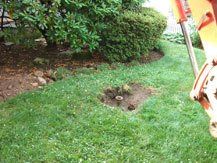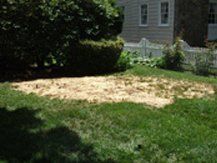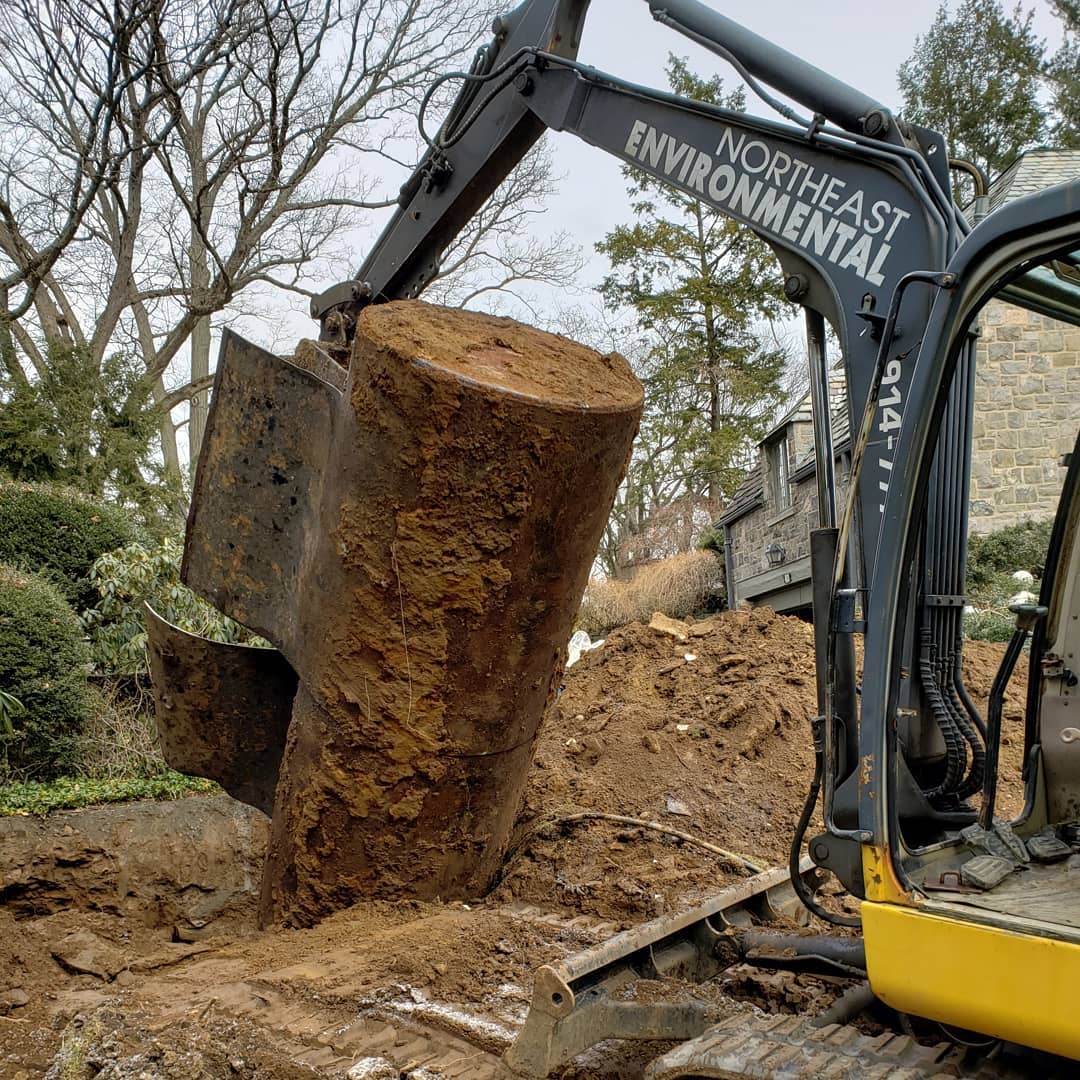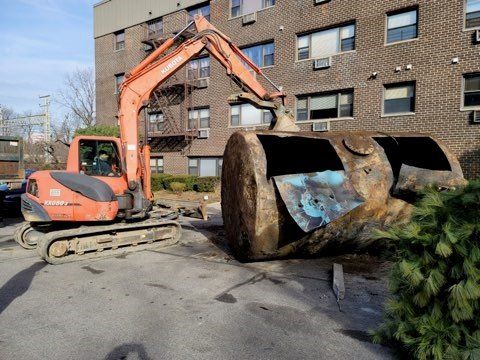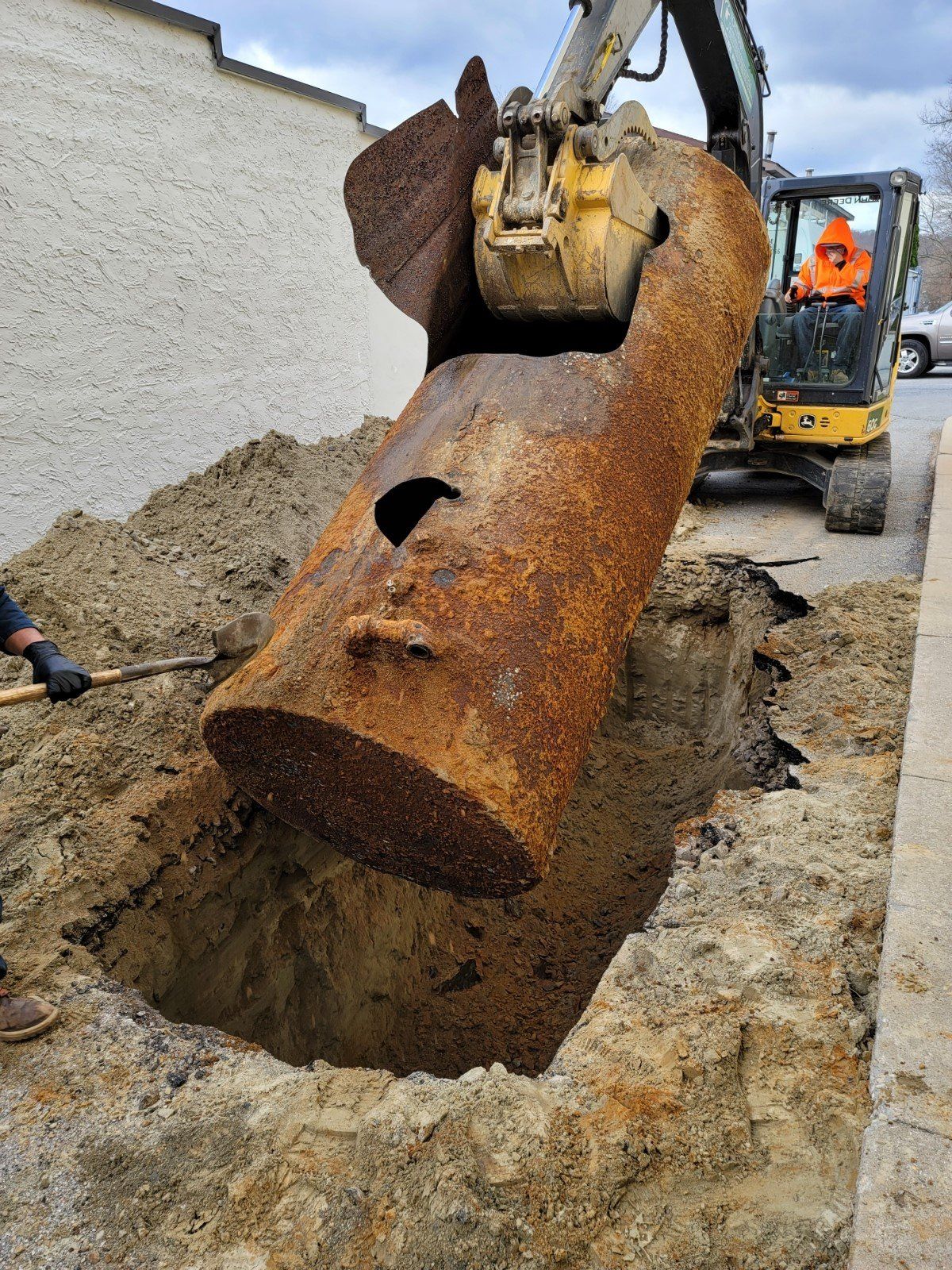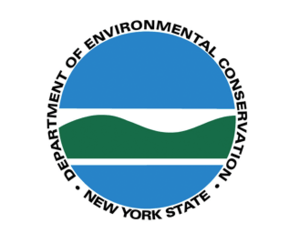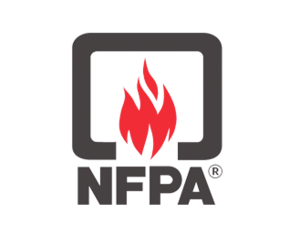CALL US TODAY! (914) 777 1930 | 1-877-574-TANK
Oil and Fuel Tank Removal
Tank Removal Process
- File Permits
- Contact Dig Safely NY
- Move in equipment
- UST is uncovered, rendered free of ignitable vapors
- Cut open and cleaned of all product and product residue
- The tank is then entered by a technician who visually inspects the tank for breaches.
- Once properly cleaned the tank is lifted from the ground
- The tank and excavation are inspected
- If no issues are found, the hole is backfilled with clean dirt, tamped down and neatly graded
- Most oil tank removals are completed in one day.
- If any contaminated soil is detected or breaches in the tank are observed, the site will need to be remediated.
Tank Abandonment
While more costly than removal, and an outdated practice generally only used when the tank physically cannot be removed due to certain constraints. Abandonments take longer to perform and are disliked by many local municipalities as well as any potential home buyers.
- File permits
- Contact Dig Safely NY
- The UST is uncovered, rendered free of ignitable vapors
- Cut open and cleaned of all product and product residue.
- The tank is then entered by a technician who visually inspects the tank for breaches.
- Soil is extracted from the perimeter of the UST by means of drilling through the UST and extracting soil samples or by “geoprobing” around the UST from the surface.
- If any contaminated soil is detected or breaches in the tank are observed, the tank must be removed from the ground and the site remediated.
- If no problems are observed with the UST, the tank may be filled with an inert material (i.e. concrete or sand), depending on local municipality regulations.
- Once the tank is filled, the site is backfilled
CONTACT INFORMATION
BROWSE OUR WEBSITE
BUSINESS HOURS
- Mon - Thu
- -
- Friday
- -
- Sat - Sun
- Closed
After Hours-Saturday/Sunday -- Emergency Response Only - Press 4 for Operator
Content, including images, displayed on this website is protected by copyright laws. Downloading, republication, retransmission or reproduction of content on this website is strictly prohibited. Terms of Use
| Privacy Policy


